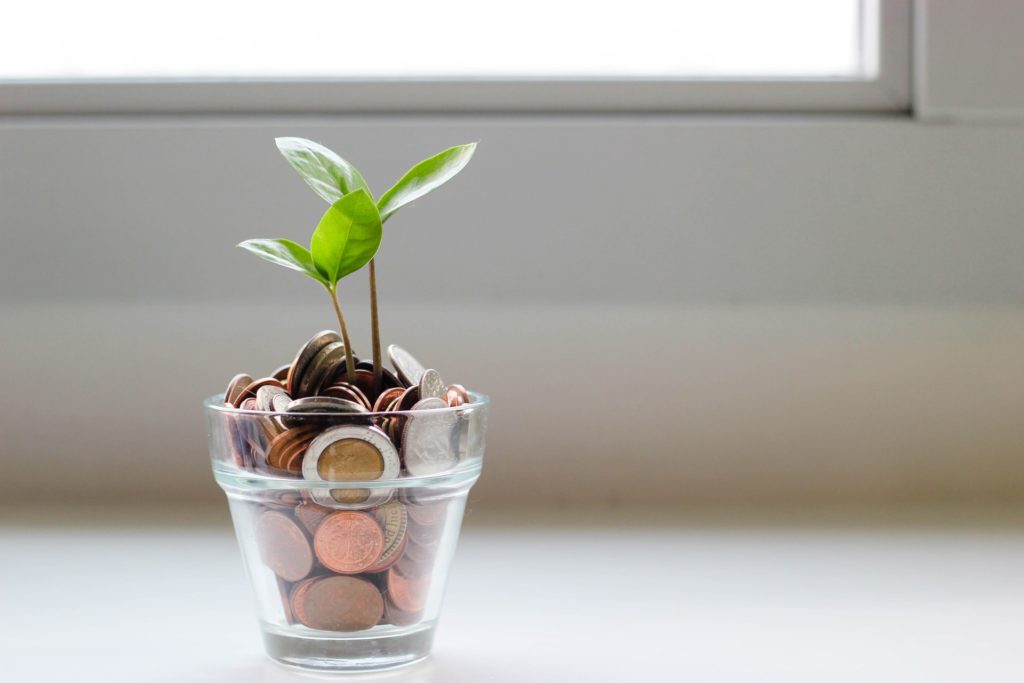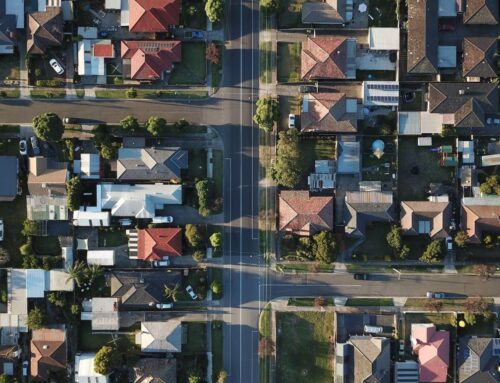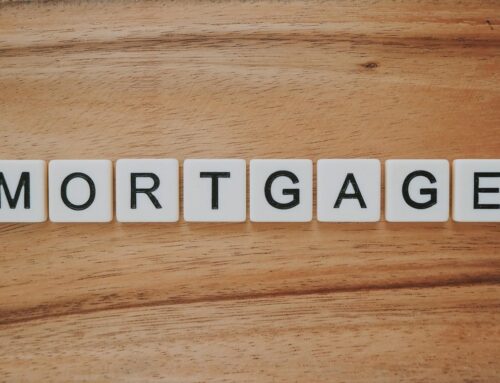
Photo by Micheile Henderson on Unsplash
The BRRRR Investing Strategy, what is it, and how does it work? This acronym gets thrown around a lot in real estate investing circles. BRRRR stands for “Buy, Renovate (or Repair), Rent, Refinance, Repeat”. When used correctly, this 5 step strategy can be an absolute game changer and it can allow small scale investors to quickly grow their portfolios. This strategy can be used on all sizes of real estate, from small single family homes all the up to large apartment complexes. The BRRRR strategy can also be a way to lose tens of thousands of dollars in short order if incorrectly executed! My expertise and experience with this investing strategy is one of the biggest assets that I bring to the table when forming JV partnerships with investors to create new investment properties. Keep reading for my step by step break down of this investing strategy.
Sounds like the perfect investment process, right? Sometimes it can be, but only if carefully planned and properly executed. When it comes to BRRRR investing deals, the devil is truly in the details. Get it right and you will be able to add properties to your portfolio without burning through your precious war chest of savings. However, if you underestimate the after repair value (ARV) or total cost of repairs, you can be left in a sticky situation where you have spent more on the property than you stand to gain in increased market value.
At this point you are effectively “underwater” on the deal. You can either cut your losses and sell for less than your overall investment, pivot to a “fix and flip” strategy, or you can wait the months or years required for the monthly rental and mortgage payments to make up the difference. The expertise to avoid such a situation and maximize the impact of each dollar spent is where Dwell Logic comes in. It’s one of the many ways we bring value to our investors and joint venture partners.
Let’s break down the strategy step by step in greater detail.
1. Buy
The basic idea is simple, find a rental property that has significant potential for increased value (or can be bought for significantly less than its true value) and buy it. Often this involves searching through a lot of distressed properties. Being distressed is not necessarily a requirement for a good BRRRR deal though.
The key things you want to avoid doing are buying a property that doesn’t have the potential for an increased fair market value and/or buying a property you can’t renovate for less than the expected increase in value. The biggest mistake novice investors make here is overpaying and overestimating the ARV (after repair value) of the property. If you make these mistakes, you are going to struggle to create sufficient cashflow. Worst case situations could see you end up underwater on the deal. Always complete your due diligence and have a qualified appraiser confirm the fair market value before buying any property.
Often times it will make sense to partner with a more experienced investor or investment savvy realtor that can help you find BRRRR deals. Buying real estate is a team sport. The more expertise you have on your team, the more likely you are to correctly identify true real estate deals. Other experienced investors can offer good advice on real estate business in general, while realtors should be experts in their local real estate market.
2. Renovate
Usually value will be added via repairs, renovations and/or re-zoning to bring the property up to its maximum (or at least significantly higher) fair market value. Sometimes this step is just a simple series of repairs and updates to a property’s finishing or structural components. More often it involves some strategic renovations that improve the utility and income potential of the real estate in question.
The classic example of this in a Canadian context is a “duplex conversion” of a single-family home. The addition of a secondary living suite creates a potential new stream of rental income, thus raising the total income potential of the house along with the utility/functionality associated with a second kitchen, bathroom, separate entrances etc. The key take-away here is to ensure that your renovations always create additional value somehow and always cost less than the value they add.
3. Rent
The next step is to rent the property to tenants. Short term (i.e. AirBnB) or long term rental tenants are both valid strategies here. The end goal is to establish a new steady stream of revenue (i.e. cash flows) that you can not only profit off of, but also provide proof of an increased personal income level to your lender. Your focus should always be to find high-quality tenants that have ample income to cover the rent. The stable series of monthly payments they provide is what will give a mortgage lender enough confidence in you and your growing real estate investing business to complete the next step.
4. Refinance
The next step is to re-approach said lender and refinance the loan you used to initially purchase the property (typically via a cash out mortgage refinance or HELOC) for a new higher amount that is calculated using the newly increased property value. The new and/or recently increased rents will help to support a higher valuation. This should result in you getting most if not all of your down payment and renovation budget paid back to you, often as a lump sum.
This is where the magic in BRRRR real estate investing really happens! It’s also the step where many novice investors hit a barrier if they incorrectly calculated their renovation costs and/or ARV at step #1. Most Canadian mortgage lenders will offer a cash out refinance on a property so long as the loan to value (LTV) ratio is 80:20 or better. Success here hinges on the difference between the initial purchase price and the new ARV being equal to or greater than your total capital invested (down payment, renovation costs, closing costs etc.). If the difference between those two numbers is larger than your total capital invested than you will be able to recover all of your cash invested so far. If you get 100% of your invested capital back then you have effectively guaranteed yourself a positive return on investment!
Also, because this is technically a new loan and not a capital gain from a sale, the proceeds are 100% tax free! The Canada Revenue Agency will even let you write off the interest charges on the new mortgage loan as a business expense. You will have effectively just paid yourself to create an income generating asset for yourself. At this stage more sophisticated investors that already own 5+ properties can take advantage of commercial financing options like portfolio loans, blanket mortgages etc.
5. Repeat
Now that you have all of your (or your investing partners’) money back, you are free to start the process all over again! Every time you repeat the BRRRR method, you add another property to your portfolio and create another stream of passive income. Many real estate investors have used this strategy to build large real estate portfolios and achieve financial independence.



